- Home
- New Kyurizukai
- System Electronics
from Keio's Faculty of Science and Technology
System Electronics
from Keio's Faculty of Science and Technology
A smart infrastructure system
fusing ICT and control
“Let’s take a ride” is my usual response when invited into something positive. This forward-looking attitude has helped me expand my horizons.
Dr. Kubo, who used to be a music-loving boy, is now strongly emerging in his career as a researcher in the field of electronics. Although themes of his study changed from college days and the years with NTT, his style of research based on fusion of diverse fields, just like various instruments striking a melodious harmony in an orchestra, seems to remain unchanged. Behind his choice of research themes, there has always been an aspiration to connect himself to as many people and things as possible.
Ryogo Kubo
Born in Tokyo, Dr. Kubo specializes in system electronics, especially focusing on fusion of communication network and system control technologies. He received his B.E. degree in system design engineering and his M.E. and Ph.D. degrees in integrated design engineering from Keio University, Japan, in 2005, 2007 and 2009, respectively. In 2007, he joined the NTT Access Network Service Systems Laboratories, NTT Corporation, Japan. Since 2010, he has been with Keio University, Japan, where he is currently an Associate Professor at the Department of Electronics and Electrical Engineering.
The Research
Associate Professor Ryogo Kubo is featured in this issue, whose field of research focuses on the development of information and communication technologies much needed in this era of IoT.
In pursuit of fusion of ICT and control technologies to realize a smart infrastructure system
In order to create a network environment that is comfortable for all “things”
The term “Internet of Things” (IoT) is becoming the talk of the town these days. “IoT” refers to a state in which all “things,” not limited to information/ communication appliances such as computers and smartphones, are connected to the Internet. If a full-fledged IoT society becomes a reality, our lives are very likely to be far more convenient than ever. To realize an IoT society, we must overcome a number of technological challenges. Dr. Kubo is moving forward with his studies, regarding fusion of ICT and control technologies as the key to the solution of problems.
I want to create a system that benefits society
One approach that Dr. Kubo takes is to apply physics of electrical circuits, electromagnetism and so forth to systems useful in society. In its nature, electronics is a field of study that is always conscious of putting its research results into practical use. As such, its research targets almost anything that is driven by electricity, from computers and robots through to home electronics. Coming into highlight of late are electric vehicles (EVs) and automated driving of EVs is being discussed and studied as a matter to come soon. Given these circumstances, electronics is increasingly gaining in importance.
As a frontline researcher in this field, Dr. Kubo is intent to realize a smart infrastructure system by fusing ICT and control technologies.
What is known as “IoT” is recently coming to the fore as a development in which all things are connected to the Internet thereby making our daily lives convenient. But IoT is not so easy to realize as it appears because countless things connected to the Internet vie and interfere with each other for the limited network resources. As a solution to this problem, Dr. Kubo reasons that a “smart infrastructure system” must be developed – a system in which all things are allowed to work in harmony (Fig. 1). According to Dr. Kubo, the keys to solution is fusion of “information and communication technologies (ICT)” for networkbased exchange of information and “measurement technologies” to control pieces of information thus obtained.
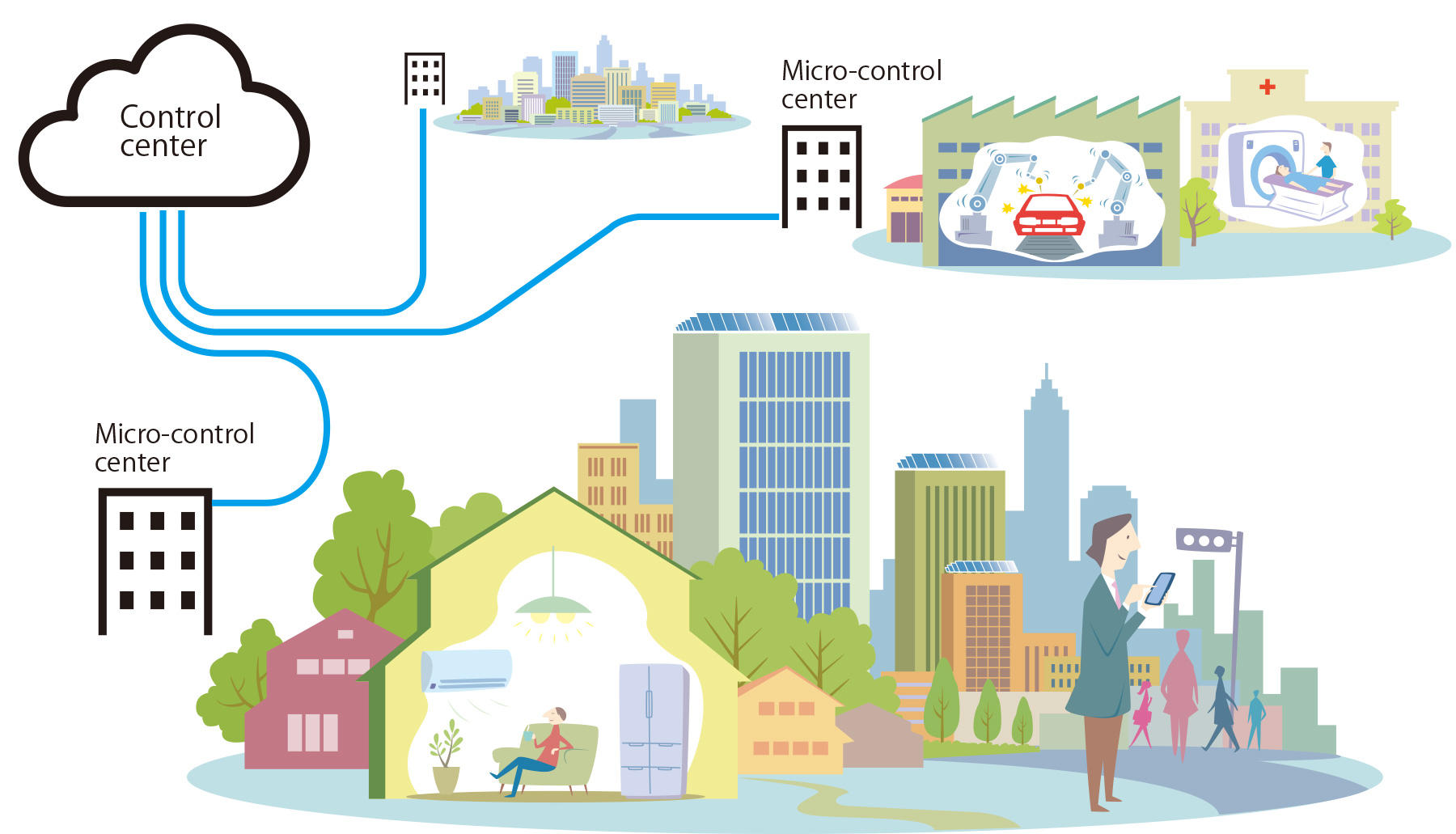
Fig.1 Smart infrastructure system that supports the IoT era
Eliminating “delay” – a major problem standing in the way of IoT
“What problems are involved in IoT? Let’s consider industrial robots, for example. In a factory, specified groups of parts assembly robots take turns to perform their specified tasks in a specified order. If they fail to work in harmony, parts assembly operations will be a mess,” remarks Dr. Kubo.
In order for more than one robot to work together, the first robot is given an instruction by a computer via a network to do a certain job. In the next step, the computer confirms (measures) that the job has been performed as instructed and then gives an instruction to the second robot for the next job to be done. Measurement and control enable repetition of this sequence of steps to make assembly work progress. What will happen if a delay occurs with confirmation of the signal that conveys the message that the job has been performed as instructed? Judging mistakenly that the required job has not been performed yet, the computer will issue the same instruction again. But the job has actually been done. This kind of error will bring the operation nowhere. Such a communication lag is referred to as “delay,” which is regarded one of the greatest problems the IoT era will face.
“As a matter of fact, researchers have discussed delay-associated problems over the years. In fact, some assumed a certain amount of delay beforehand and programed it in the computer to control the robot. However, this is far from a final solution to the problem,” maintains Dr. Kubo. Instead, he thinks that problems involved in the current mega-networks must be resolved from the bottom up.
One possible approach is to introduce local control as shown in Fig. 1. “For example, consider an intersection where collision accidents occur frequently, and vehicles passing there are to be brought under collision avoidance control via a network. Installing a smallcapacity micro-control center near the intersection will suffice since this control is needed only within a very small area of the intersection.” Generally speaking, when transmitting a piece of information over the Internet, it once goes to the main control center in the network and then comes back. Naturally, the greater the distance the information travels for a round trip and the more devices it passes through, the greater a delay will become. In actuality, however, there are many pieces of information that need not go to the main control center. These pieces can be dealt with by setting up micro-control centers well short of the route. Controlling from nearby is sure to be the fundamental solution to delay in communications.
What is fusion of ICT and control?
However, you cannot say that this alone resolves all the network-associated problems of the IoT era. What is truly needed here is the fusion of ICT and control technologies as proposed by Dr. Kubo (Fig. 2). With the ability to specifically control individual things, this technological fusion can bring to a close problems arising as a result of various things intertwined with each other.
Let’s explain it a little more in detail. To move a thing via a network, we need to control the target first and measure its result, then use it as feedback for the next control task (see blue arrows in Fig. 2 “Control over Networks”). Meanwhile, it is also important that the network itself, which moves that thing, is working in an optimal condition. To make it possible, loops for measurement and control are provided (see green arrows in Fig. 2 “Control of Networks”). ICT and control are already fused together in both the blue and the green. In addition, harmonious interaction between ICT and control further ensures that things can move in an optimal condition via the network.
As shown in Fig. 1, the control center and micro-control centers play these vital roles.
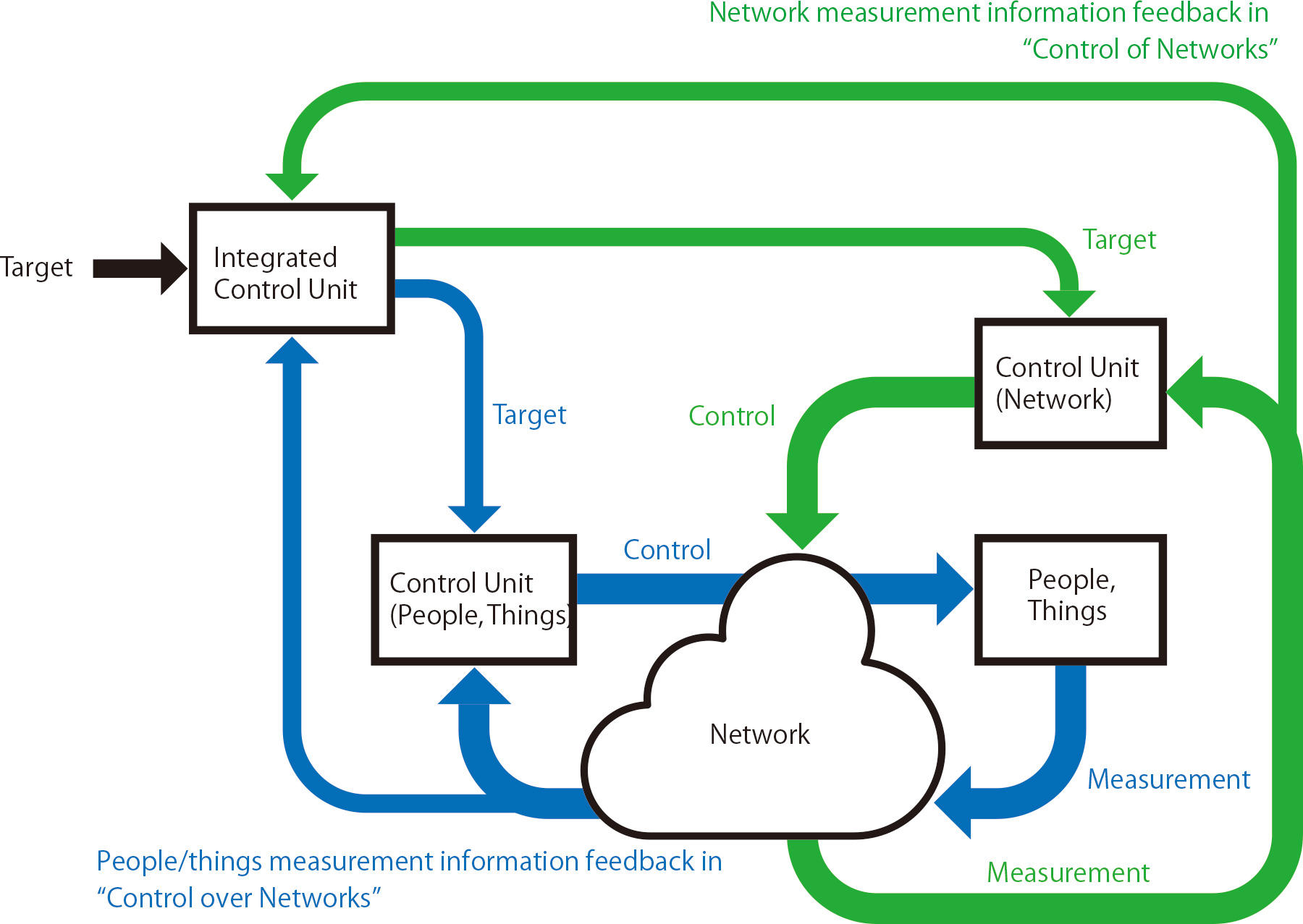
Fig.2 Fusion of ICT and control as envisaged by Dr. Kubo
Arrival of a comfortable network society
What the fusion of ICT and control technologies can do is far-reaching.
Let’s look at an example here. Given the limitation to network resources, it is impossible to transmit all pieces of data fast at a time. We humans sense virtually no delay in transmission if it is a matter of less than one millisecond. Tasks that actually require such a minimal delay are very few – only the above-mentioned car collision avoidance control at an intersection, operation of sophisticated medical equipment, and some other cases do.
In other words, when all things are connected to the Internet and need to work in harmony, we must sort out those requiring sophisticated control from others. This is necessary because it will enable the limited network resources to be reasonably distributed to suit individual things.
Dr. Kubo thinks that “things” connected to the Internet via IoT also include people. He continues, “When using a smartphone to download a piece of information, there always is a person at this end of the smartphone. As a service provider, it’s only natural for it to please customers.” But what annoys it is individual differences in customers’ likes and dislikes. Even though a piece of information has been downloaded at the same speed, some are happy with it and others not. If we can allot network bandwidths to individual smartphones flexibly after accurately determining such differences, we will be able to maximize satisfaction of smartphone users.
There are also other benefits. If we apply that technological fusion to a power network, energy-saving and efficient control of electric power will be possible while maintaining comfortability at the same time. In the event of network trouble including those caused by cyber attacks, we will also be able to make the right decision where to disconnect the network, thereby to minimize the damage.
When time comes for all things to work in harmony on the Internet, you may find the network control technology envisaged by Dr. Kubo playing major roles there.
Interview
Associate Professor Ryogo Kubo
A childhood interested in music, languages and cultures
What was your childhood like?
I was born in a family of five – father, mother, grandfather, aunt and myself. As a child I learned the piano under the strong influence of my mother who was a piano instructor. Also due to her influence, I loved classical music, of which the symphony “From the New World” was my favorite. As an elementary school boy, I belonged to the school’s chorus club and had the valuable experience of participating in the preliminary music contest sponsored by NHK (Japan Broadcasting Corporation).
When it came to classroom subjects, I was fond of science and social studies. I also liked to enjoy time with friends just like an ordinary schoolboy, playing TV games, outdoor sports and the like.
You say a home stay overseas in your high school days was an unforgettable memory, is that right?
When I was an elementary school fifth grader, I began to attend a cram school four to five days a week. That schedule may sound very hard, but I didn’t feel it was hard. Rather, I liked going there very much because I enjoyed communicating with friends other than my elementary school classmates. Thanks to the cram school, I was able to pass the entrance examination for the Shiba integrated junior and senior high school. I still cherish good memories of the six years at Shiba School where I enjoyed time with the same good old friends. Even today, we get together for a drinking party at times.
One of the most impressive memories of those days is a two-week visit to New Zealand that I had as a senior high school first grader on a short-term student exchange program. As my first ever visit overseas, basic English was all I could speak. But I could somehow communicate with local people, which was an exciting experience for me. I also remember enjoying a traditional dance performance by Maori and a typical New Zealand dish of green peas and ram. The Maori dance is known as “haka” (war cry dance). All New Zealanders know it because New Zealand rugby teams make it a rule to stage “haka” just before they start a game. While joining in “haka” myself, I took it to heart that they had handed down traditions from generation to generation this way.
It was around this time that I became interested in foreign languages and cultures.
Why did you choose science and technology instead of music or foreign language?
Perhaps, it was mainly because of my father’s influence, who was an employee of a manufacturing company. At the Shiba High School that I attended, many of my classmates chose that course, so I didn’t hesitate to go that way. I was admitted to Keio University Faculty of Science and Technology.
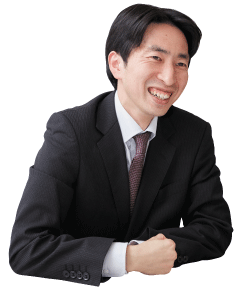
Yet, it didn’t mean I had lost my interest in music and foreign languages. Even after joining Keio, I continued to pursue music-related activities energetically, such as by belonging to the Keio Mandolin Orchestra (as a percussionist) and setting up a new orchestra together with my friends from in and outside of Keio. As this new orchestra had many horizontal connections, many joined it from other universities to eventually become a 50-member orchestra. In addition to holding our own regular concerts, we also took part in other university’s campus festival by joining in orchestral accompaniment for an opera, which was truly enjoyable.
As for foreign languages, I chose German as my second foreign language and even took Russian and Italian language classes under general curriculum.
In retrospect, while enjoying music and foreign languages for pure enjoyment, I may have felt something of scientific fun in musical chords and grammatical laws of languages.
From Keio to NTT, then back to Keio again
What did you learn at Keio Faculty of Science and Technology?
As sophomores, we students were asked what department to choose, and I chose the Department of System Design Engineering. There was a reason for it. Although I entered Keio initially opting for “Learning Gate 4” (Mechanics), later I became increasingly interested in electrical engineering and wanted to learn studies based on fusion of the two disciplines. So I joined Prof. Kouhei Ohnishi’s lab to pursue robot control. To be more specific, I studied how to remotely transmit the feel of a robot arm when it touches an object. It was an important study because this technology would be vitally needed to control fine movements of surgical robots. Not only did I learn from Prof. Ohnishi a lot about control and robotics, but I also learned the basic attitude researchers like us must acquire in approaching the essence of things.
What motivated me in the first place to choose my research theme was the seminar titled “Virtual Space and Control” that I attended as a junior. There I worked with several classmates to create a program, imitating a popular comedian’s gag. The program works like this: when a dagger stabs at an orange or apple in a virtual space created in the computer, that same feel could be sensed by a dagger in the actual space. This was the memorable moment when I came to take a serious interest in “Control.”
After that, you joined NTT for a few years, right?
From around when I belonged to the lab as a senior, I began to feel a vague yearning for a researcher’s career burgeoning in myself. This was also when I was engaging in research into a remote control robot. So, I began to find “network control” – the theme leading to my current research subject – interesting. I decided to find employment with a business upon completion of my master’s course. NTT was the company I chose because I thought it would allow me to pursue research into network technology. At the NTT lab, I did research on optical communication networks.
As part of the NTT lab first-year member training program, there was a system requesting, immediately after entering the company, newcomers like myself to set a theme and advance research on their own. After consulting an advisor, I came up with a number of themes, of which I finally chose the development of an energy-efficient optical communication network. It was because I felt energy problems becoming closer to me while I was engaging in the study of controlling motors and other electric appliances at Keio. At the beginning there was some criticism, saying that energy-efficient wouldn’t be necessary given that the optical communication network was developed as an energy-saving system by its nature. But my point was that if the optical network prevails among countless households and the number of devices skyrockets, energy-saving effects would be enormous. My idea was accepted and the research project started. I made my proposed prototype system, conducted experiments on it and then made a proposition for standardization. I found my research efforts rewarding as the project began to produce positive results.
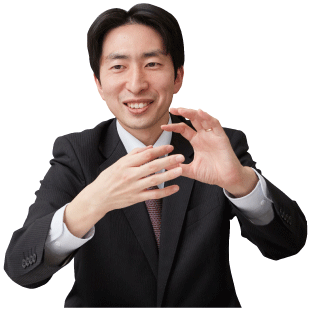
It was just about that time that I, now with a doctor’s degree as a company employee, received an offer to return to Keio. Interested in a position in education as well as a researcher’s career not to mention, I took advantage of the offer to return to Keio. Coming to the Keio Department of Electronics and Electrical Engineering, I’m now making the most of my specialties – system control and communication network – as the basis to realize a smart infrastructure system enabled by integrated control of diverse systems including those of electric power, communications, mechanics and even human behavior.
Valuing human relationships at all times
We see you emphasizing cross-disciplinary fusion. What do you think about it?
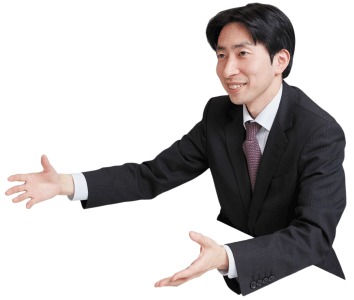
It is often the case that once a single research field becomes diversified as technologies develop and specialization advances. As the result, communities consisting of specialists tend to get segmented, thus making cross-disciplinary fusion increasingly difficult. Yet, cross-disciplinary fusion is requisite for the study of infrastructures where a variety of systems are intricately intertwined. While I’m now fusing all that I experienced in my college days and during the years at NTT, I’m also eager to expand the scope of cross-disciplinary fusion even more by interacting with specialists from other fields and people who are actually in direct charge of operating various systems.
You became a father recently, didn’t you?
I married a woman who had belonged to the same lab as mine, and now we have a daughter. My help in childrearing is far from my wife’s satisfaction though I’m always willing to extend help. So, I’m trying to use my time effectively to achieve a better work/life balance. Having a beloved family is a true source of energy for my work.
To conclude this interview, please tell us how you find Keio University, your alma mater.
Looking back at my life up to now, I can say human relationships that I enjoyed have been extremely valuable. For example, I joined the mandolin orchestra only because I happened to be hailed during a campaign for inviting newbies. There are also many research themes that I took up, inspired by participants whom I met in academic meetings. Of course there are many things I initiated on my own, but that alone couldn’t have expanded my horizons this much, I’m sure. This attitude of mine may sometimes appear passive, but inspirations coming from others often proved to be good as they motivated me to meet new challenges that I wouldn’t have taken up otherwise. I can make good use of such suggestions to create my own original ideas. Therefore, I’m trying to keep a forward-looking attitude, always open to any positive suggestions and offers.
In this sense, Keio University has many students with diverse backgrounds, making it an ideal place to learn. Some are so-called “inner students” who came from Keio Yochisha Elementary School and up while others joined Keio through the university entrance exam. Also, there are many students who have overseas experiences. This diversity of students makes Keio just like Keio. Speaking of labs, too, members with varied ways of thinking and personalities can make their labs much more resourceful. This holds good especially when it comes to the study of electronics that concerns the real world.
Some words from Students
Student : I’m studying cyber security and flight control of unmanned aerial vehicles (UAVs). The study of UAVs inevitably involves mechanical aspects because we actually fly a drone. Although there have been few precedents of mechanics-related research at the Kubo lab, I asked Dr. Kubo to give priority to my challenge. When was an undergraduate senior, I had the privilege of receiving Dr. Kubo’s attentive, detailed guidance for my research. Now in the second year of master’s course, I’m basically free to choose research themes, occasionally receiving his advice as needed.
(Reporter & text writer: Akiko Ikeda)


